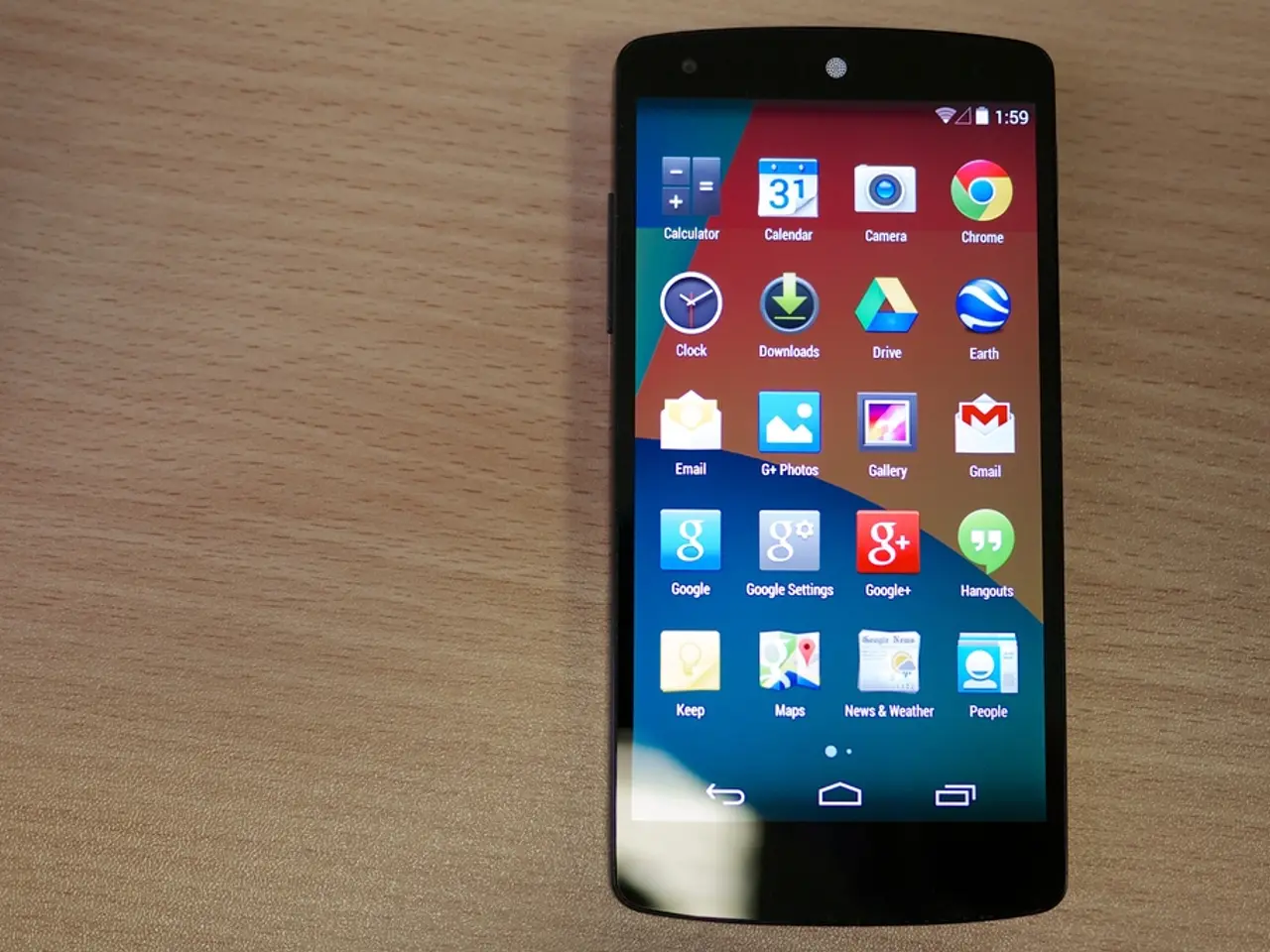Railways in the United Kingdom are experimenting with SpaceX's Starlink for providing high-speed internet access on trains.
SpaceX's Starlink satellite internet service is revolutionising rail connectivity across Europe, offering reliable high-speed Wi-Fi to remote and underserved rail routes.
In the UK, ScotRail, Scotland's national railway, is set to implement Starlink on its trains by the end of 2024 [1]. This move reflects a push to offer passengers faster and more reliable internet access during travel. The initiative follows a successful six-month trial involving retrofitting six Class 158 ScotRail trains with Starlink's ruggedised terminals. Early results show significant improvements in passenger Wi-Fi performance and new capabilities for real-time GPS tracking and remote diagnostics [1].
Beyond the UK, there is growing interest in Starlink's satellite internet service across European rail networks. In Italy, FS Group, the country's national railway operator, is currently testing Starlink on its high-speed Rome-Milan corridor [1]. FirstGroup, which operates Lumo and Hull Trains, has expressed interest in Starlink after recently introducing 5G Wi-Fi on South Western Railway. Transport for Wales is also preparing to launch its own trials later this year [1].
While the Italian Democratic Party has expressed opposition to partnering with SpaceX for satellite program updates due to national security and technological sovereignty concerns, this seems to apply more to military satellite systems rather than specific rail networks [2].
Unlike traditional mobile networks, Starlink relies on a network of over 7,000 low-Earth orbit (LEO) satellites to beam internet signals directly to receivers mounted on trains [3]. This makes it possible to provide consistent coverage even in tunnels, valleys, and mountainous regions where cell towers are sparse or nonexistent.
The UK Department for Transport supports the Starlink satellite trials for improving digital connectivity across the country's railways [1]. The adoption of Starlink is expected to benefit operational efficiency with real-time location tracking, smarter maintenance, and better communication for onboard crews.
However, a global Starlink outage in July 2025 due to internal software failures affected users across many countries, including parts of Europe and Italy [2][3]. While the outage was resolved quickly, it highlights potential reliability concerns for critical transport communication relying on satellite internet.
In summary, Starlink is transforming rail internet in Europe by providing fast, low-latency satellite-based connectivity, with confirmed plans for deployment in the UK’s ScotRail and emerging interest across European rail networks. Italy's cautious stance on SpaceX involvement in national satellite programs contrasts with the broader enthusiasm for Starlink-enabled rail Wi-Fi, underscoring a dynamic balance between technological benefits and security concerns.
References:
[1] BBC News. (2022). Starlink satellite internet to be tested on ScotRail trains. Retrieved from https://www.bbc.co.uk/news/technology-61493622
[2] The Register. (2021). Italian opposition party slams SpaceX's Starlink satellite broadband as 'a threat to national security'. Retrieved from https://www.theregister.com/2021/07/08/italy_opposition_starlink_satellite_broadband/
[3] The Verge. (2021). Starlink goes down for some users in the middle of the night. Retrieved from https://www.theverge.com/2021/7/2/22566891/starlink-outage-down-satellite-internet-service-elon-musk-spacex-update
In the space-and-astronomy realm, Starlink's satellite internet service, powered by technology, is not only revolutionizing rail connectivity across Europe but is also gaining attention from European rail networks, including ScotRail in the UK and FS Group in Italy. Science and technology continue to intertwine as these networks seek to improve passenger experiences and operational efficiency with Starlink's fast, low-latency satellite-based connectivity.




